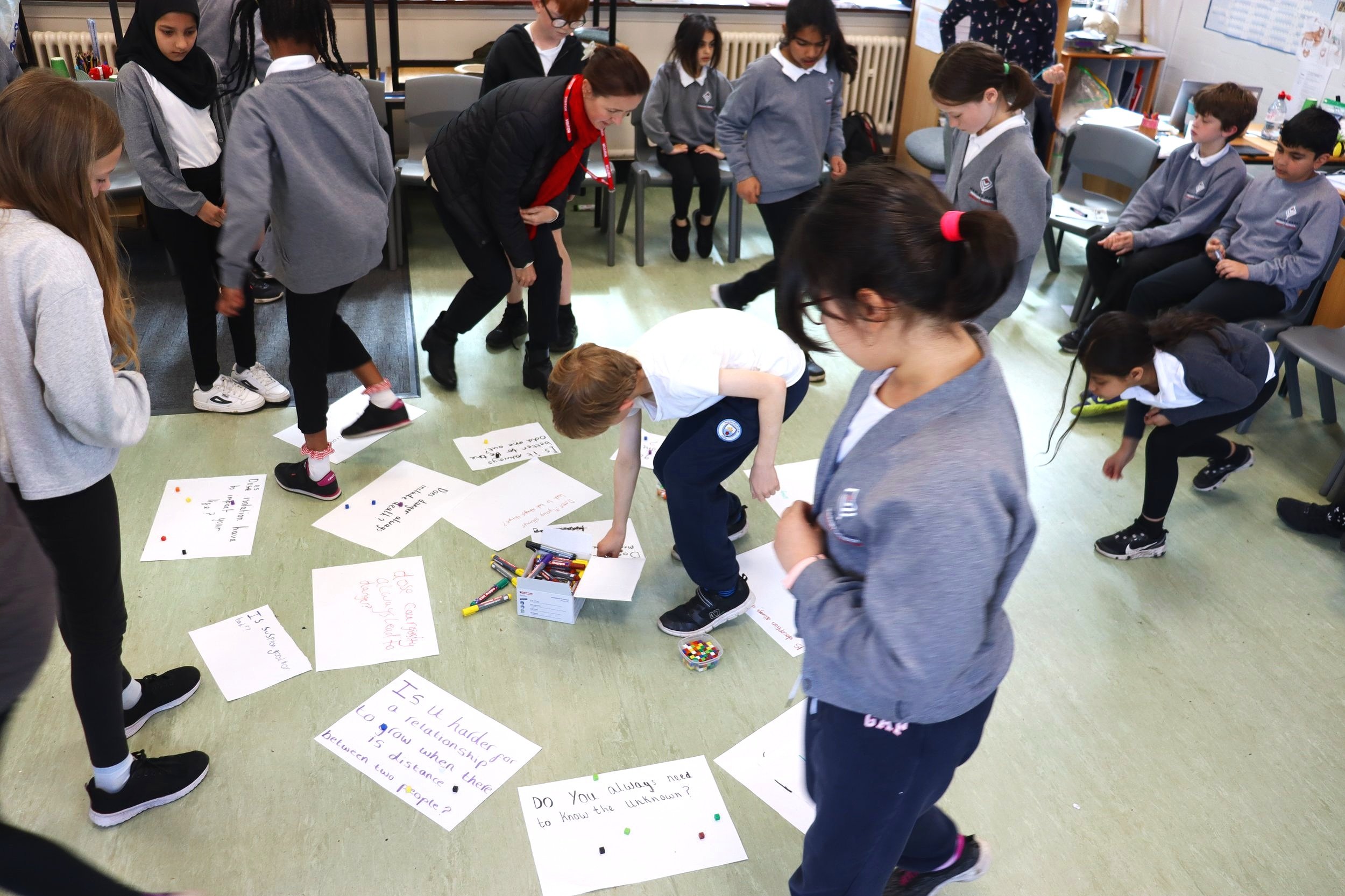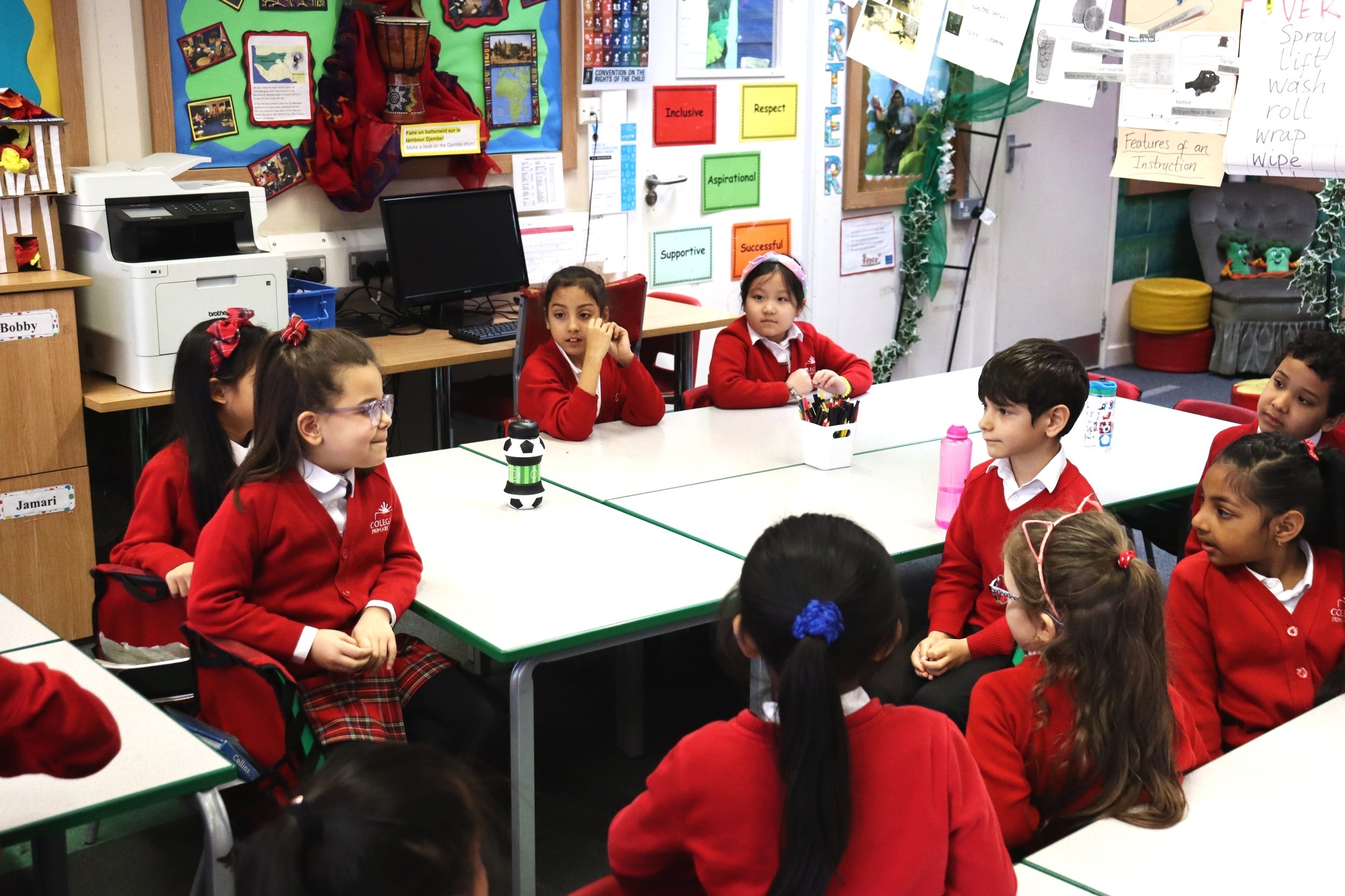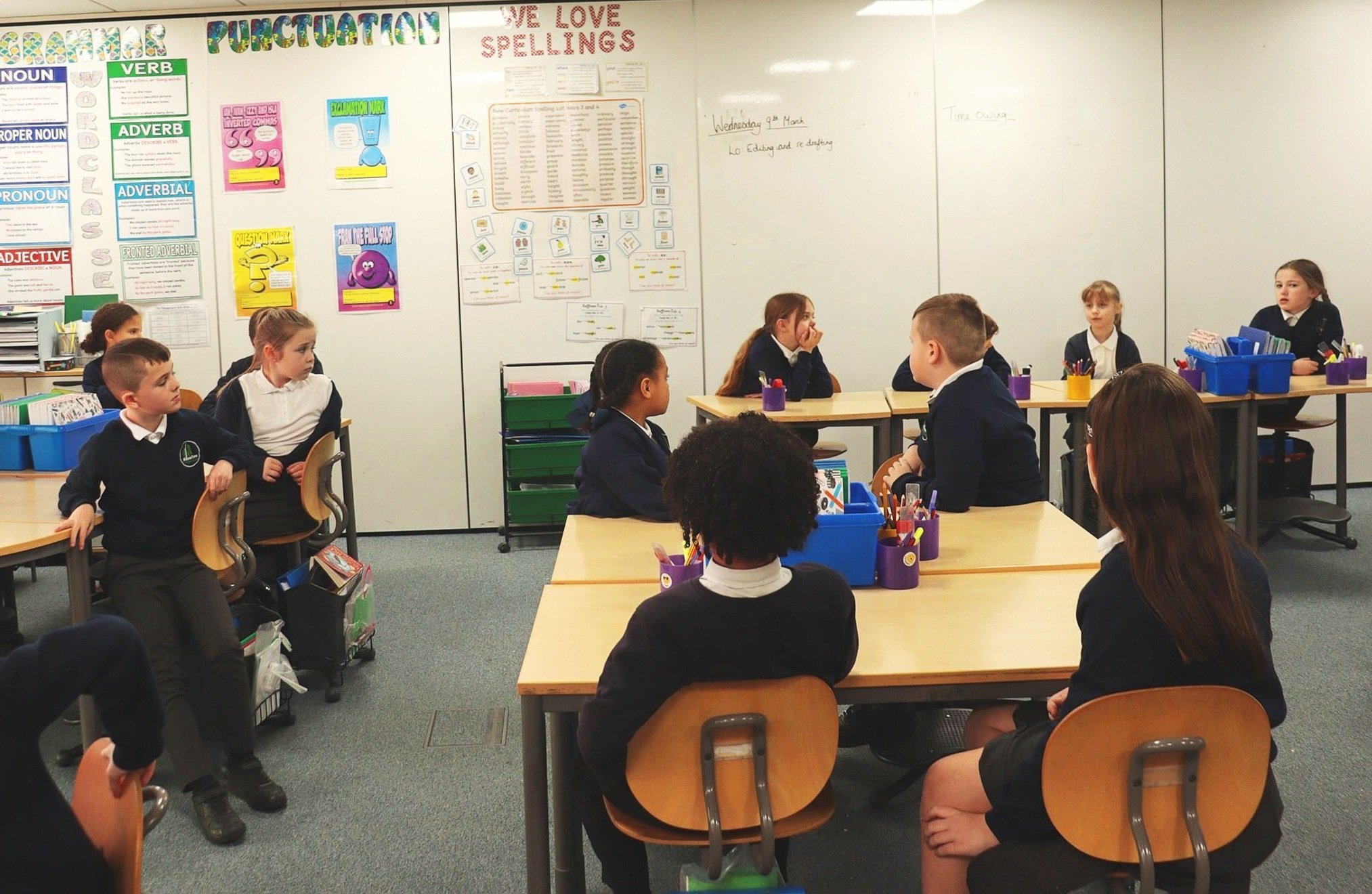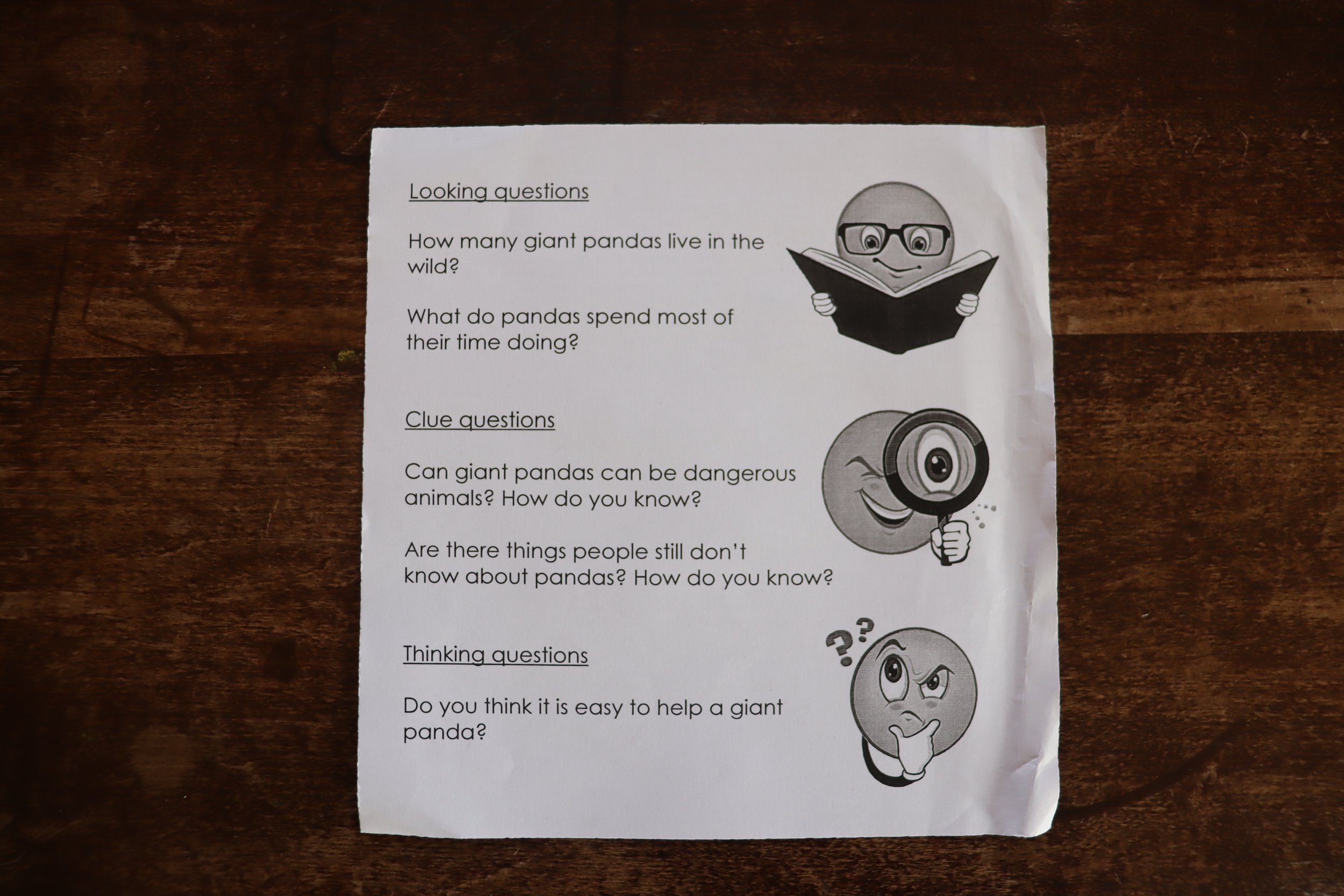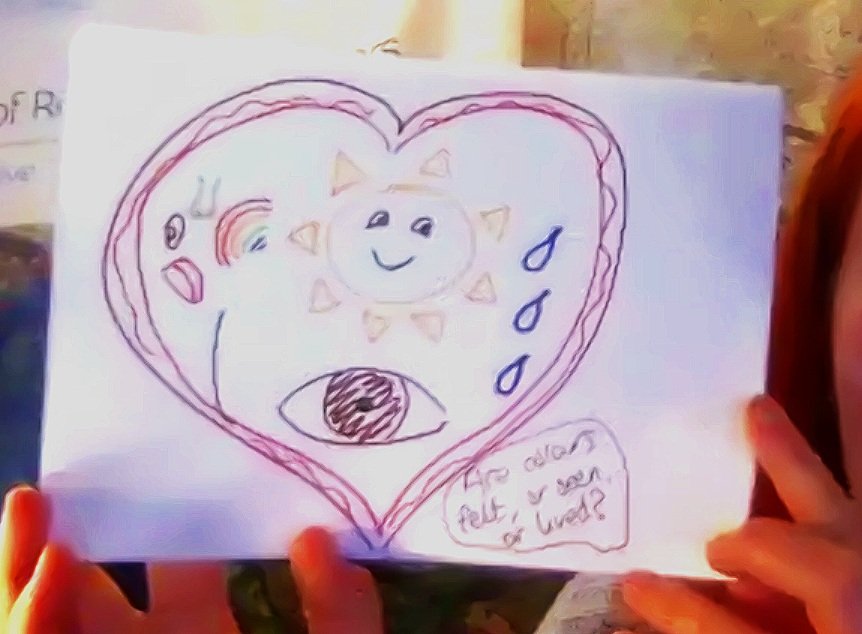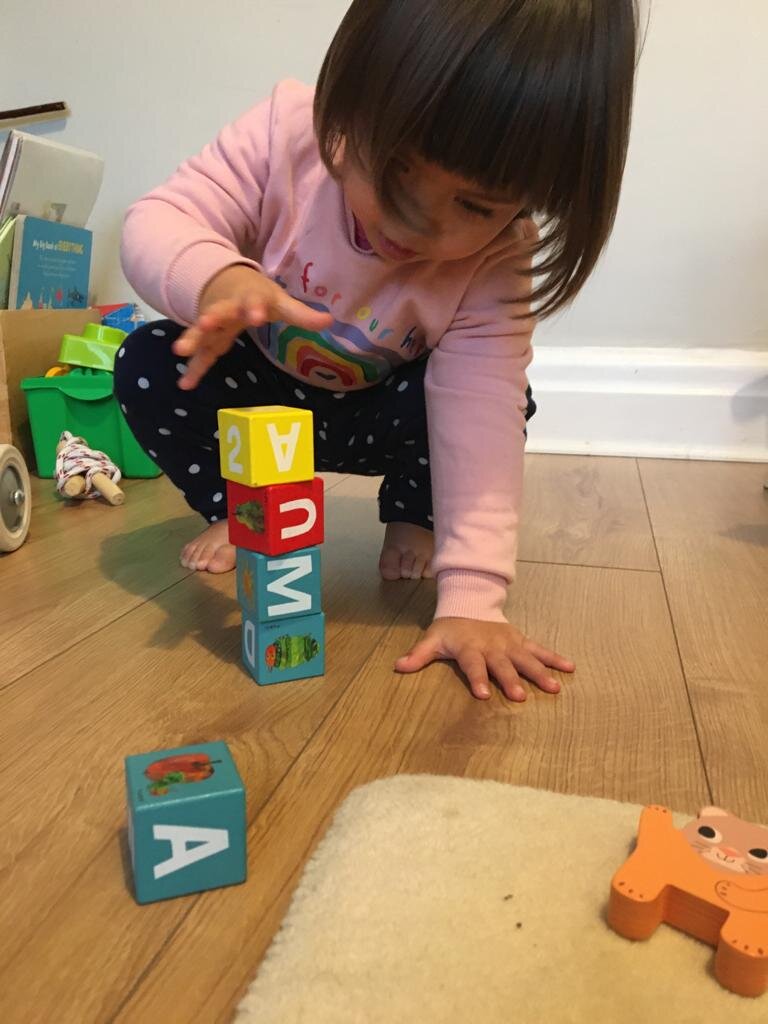A good way of generating classroom talk that impacts on learning is to give out slips of paper with concepts, statements, vocabulary, definitions etc., which pupils are then challenged to group, rank or match.
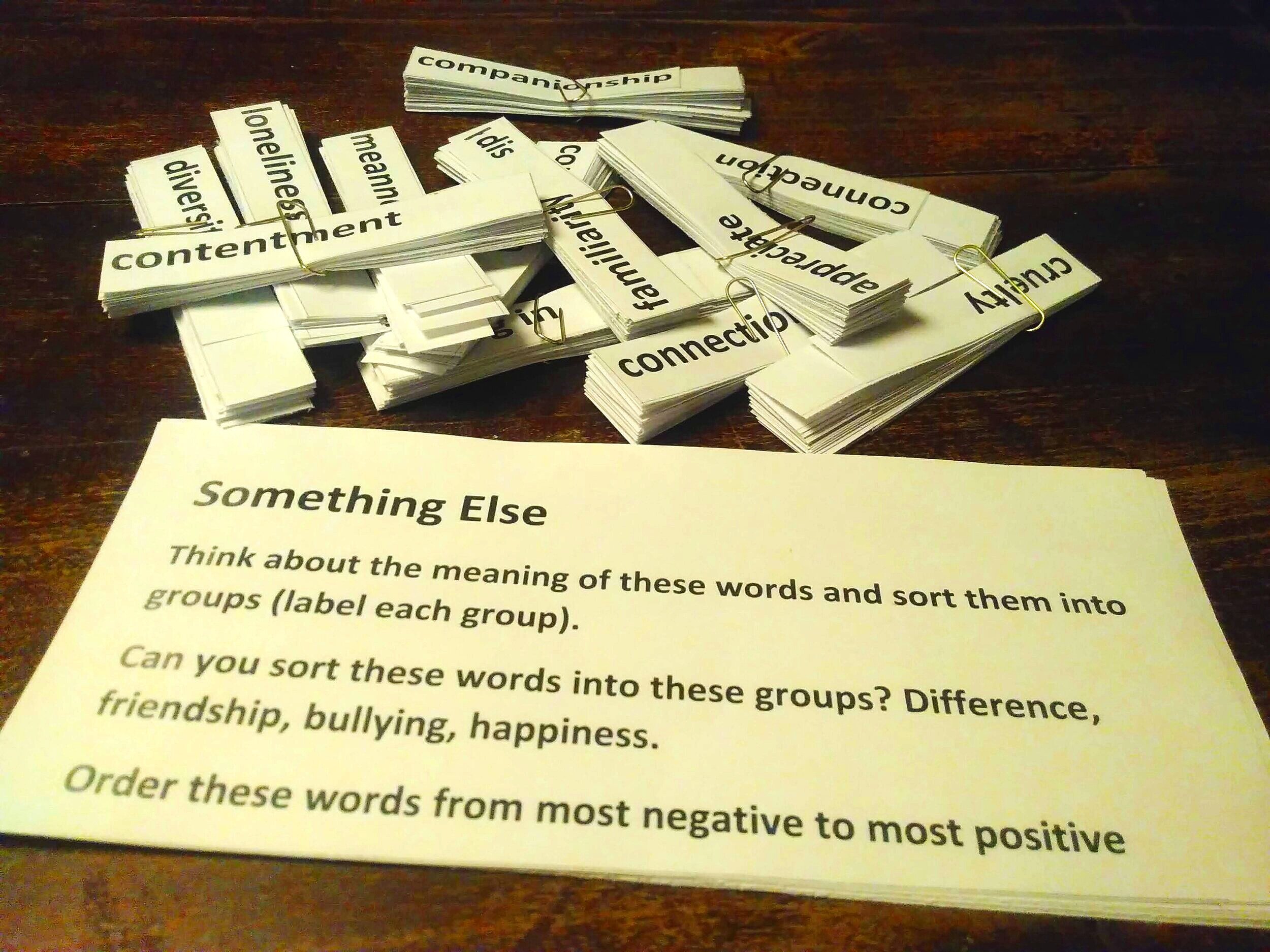
The trouble is, preparing interactive critical thinking tasks like this can take ages – and I sometimes find myself wondering whether it’s worth it. But it really is! Here are three reasons why:
Giving pupils something hands-on as a focus for their talk task improves the dynamic of the pairs or groups because everyone gets involved. There’s less chance of one person dominating the task. It nurtures collaborative thinking.
The output of the work is a tangible arrangement of objects; this raises responsibility for the learning.
It’s easy to assess the level of engagement with the learning, because you can visually see the bits of paper moving.


Ways to keep everyone engaged and develop the community of enquiry
What will happen when you remove the fear of being wrong?
Pupil voice about whole-class talk in Reading lessons
Using an unexpected event as a P4C stimulus
The final instalment of my tips for making online sessions more engaging
Pupils tell us why they think their peers don’t raise their hands


